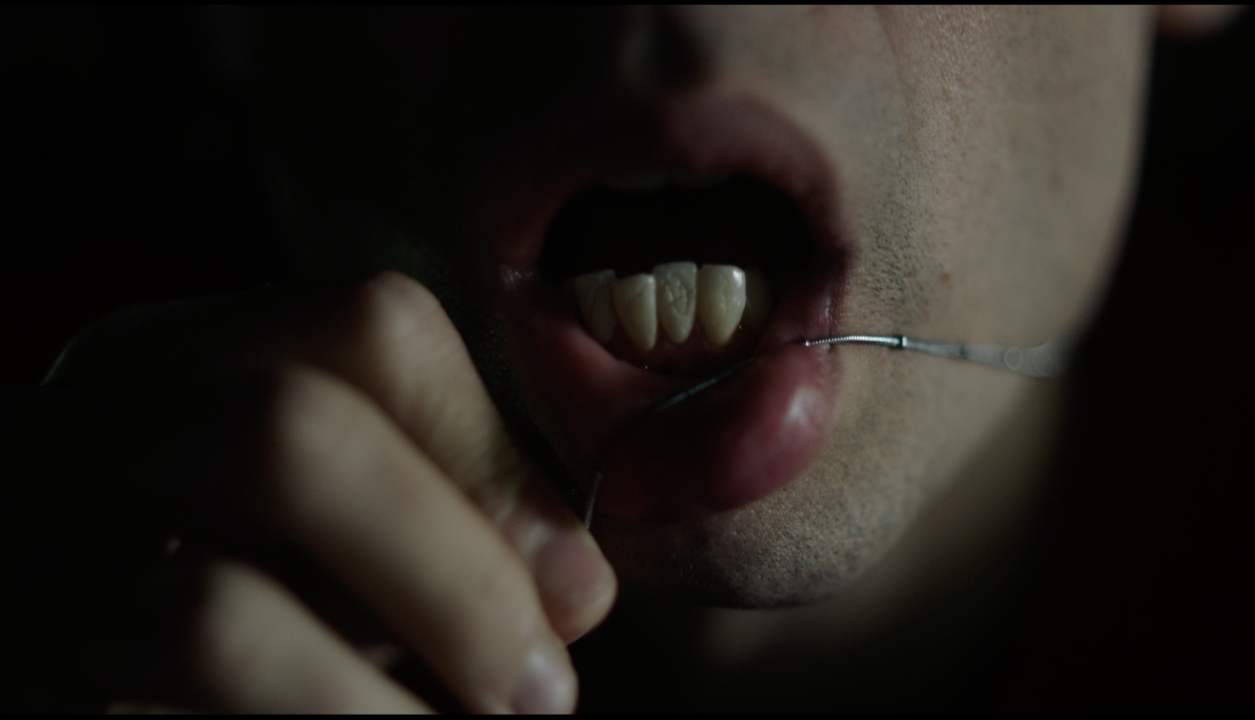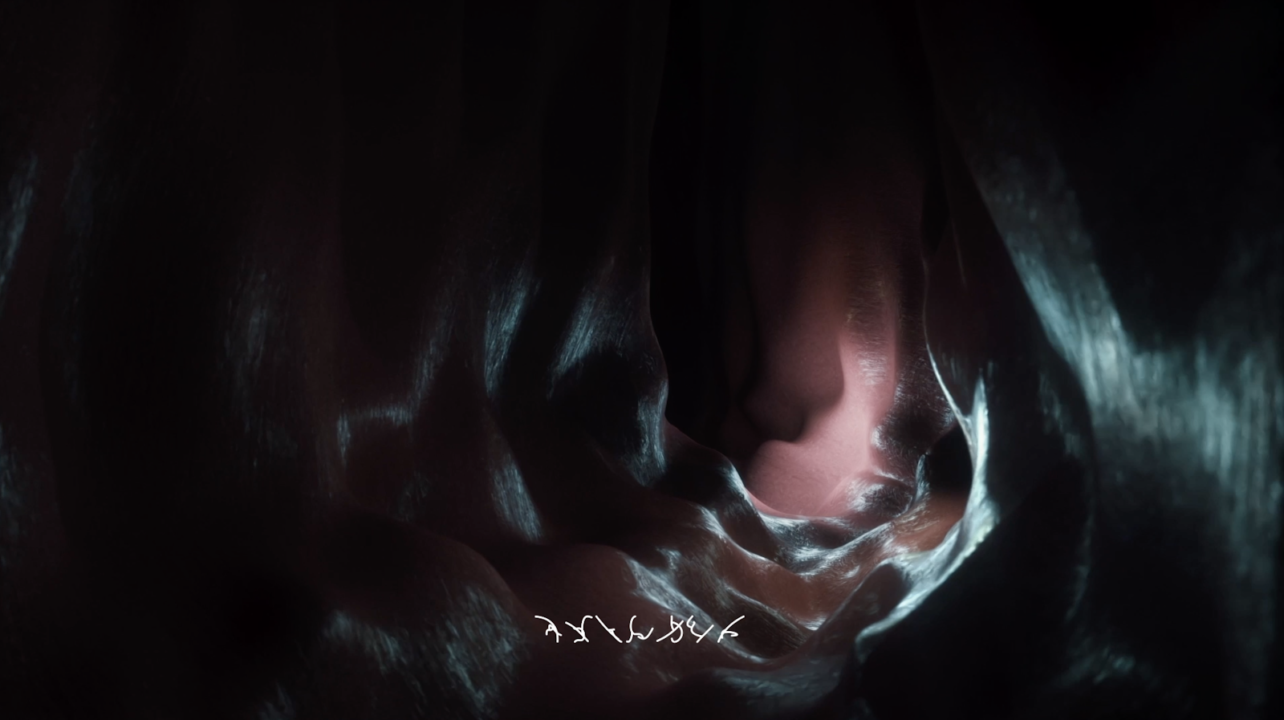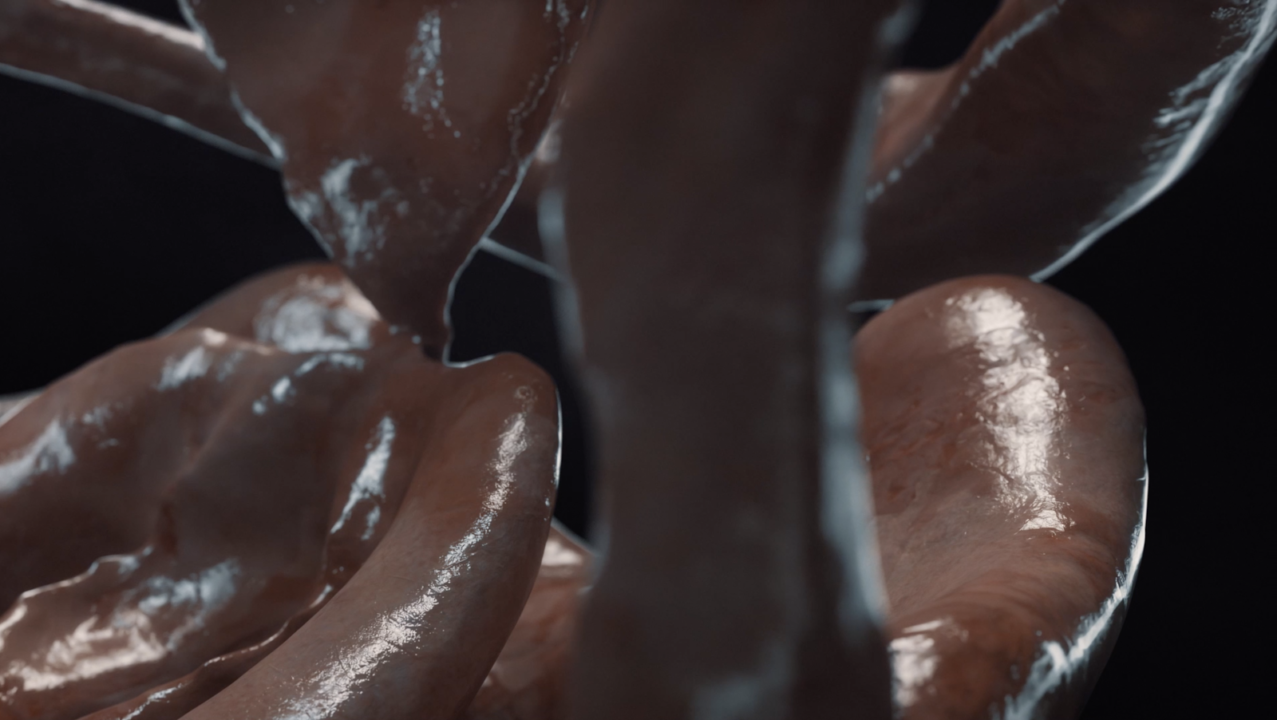On September 20, Canadian musician Stefan Maier premiered a new work at Ultima, Oslo’s leading music festival. Maier, a mentee in the second edition of Forecast in 2017 who worked with Jennifer Walshe as his mentor, was invited to perform at Ultima by the festival’s artistic director Thorbjørn Tønder Hansen. Hansen became aware of Maier through his predecessor and former Forecast mentor Lars Petter Hagen.
The 40-minute composition commissioned especially for Ultima in Oslo was presented as an immersive multi-channel installation across several rooms at the Gamle Museet. The haunting electronic soundscape and episodic imagery, which verge on the abject, contemplate the effects of AI-based speech on human language and thought. As the Forecast network keeps growing, Maier will perform together with Okkyung Lee, a mentor in this year’s edition of Forecast, at the New Music festival in Vancouver this October. We caught up with Maier between shows to find out what this new, darkly alluring work entails.

You’re premiering a new work at Ultima called Deviant Chain, which centers on an Artificial Intelligence speech synthesizer. How does AI expand on the possibilities of sound you’re working with?
Stefan Maier: It changed everything, in a way! Previously in electronic music, you had to work with extremely small, discrete units of sound, which would then be aggregated—sampling. You’d have a window of sound you could work with. But although a sound might be imperceptively small, it’s nevertheless concrete; you can’t change the DNA of the sound. With AI-driven synthesis, Artificial Intelligence can generate extremely realistic sounds from the ground up—there’s no real-world reference. Or, it’s heard something in the real world and is now making something like it. Perhaps in its image, perhaps in a kind of a distorted fashion. For me, that’s groundbreaking.
In early electronic music you had something similar with voltage, but there’s always been a problem of control. Synthesizers can build sound from the ground up; the question was how can you then arrange it. Now you have AI that generates audio and organizes audio sequences, and that’s what this piece is about: finding these weird and novel ways that the speech synthesizer has generated vocal-like sounds and then contextualizing them.
We’re in the infancy of it. The sounds are raw, mumbly, and kind of unremarkable. But what’s going on underneath is something revelatory that’s going to change the way that music is made. All of a sudden you’re not responsible for arranging the material, so creativity becomes something new, like how do you train that thing, what context do you place it in. That, for me, transforms composition entirely.


You collaborated on the new piece with technologist Victor Shepardson and Argentinian artist Alan Martín Segal. How important are collaborations for your work?
Maier: Alan is an extraordinarily talented video artist and filmmaker. When I was first commissioned for the piece, I knew I wanted there to be a narrative that went in tandem with the sound composition, and I thought that Alan would be a great person to collaborate with. We worked together on a treatment of the piece and filmed it in Buenos Aires. And Victor, an American programmer who trained the AI speech synthesizer for us, facilitated the work. We trained this thing so it would generate its own language. Victor wrote a speech synthesizer which we’ve called Inference, from “statistical inference,” which is what drives neural networks; and then another called Audio Cliff. It hears certain features that maybe the human ear doesn’t, and then creates a graphical representation. There’s a lot of content. The scale of the project is quite large.
It’s extremely disorienting because it’s very dense, but that’s also a part of the piece.
There’s a kind of moaning that goes on throughout the piece that’s assisted by AI. I tried to bring in computational creativity to inflect my own as much as possible. It’s definitely spooky. I’m so desensitized to it by now, I’ve actually been surprised at how scary it is.
What we’re interested in is not creating a piece about what we can perceive right now, but what we could and maybe should perceive in the future. AI is an intelligence that’s not our own, but one we have a symbiotic relationship with. So the new piece Deviant Chain is about how we’ll have to sensitize ourselves to that other form of intelligence, even if it’ll be abject and weird. It’s about how humans might change as they become wrapped up with these artificial intelligences.


How has participating at Forecast influenced your musical career?
Maier: Before Forecast I just started to make electronic music; I was primarily working within contemporary classical music and Forecast was an amazing experiment in feeling allowed to do whatever I want. Despite the fact that at the end, I wasn’t very happy with the project I did, for me it was a massive catalyst, seeing this is what I can do and this is the kind of scale that I want to work on. Which then totally facilitated this piece.
Thorbjørn knew that I’ve been selected by Jennifer Walshe, my mentor at the time, because she’s very big in this world, and he reached out to me. We went back and forth for about a year … so this piece has been three years in the making, basically since Forecast. Furthermore, Forecast has created a relationship with the HKW, which for me has persisted. I curated HKW’s online magazine, Technosphere, on machine listening, and Jennifer [Walshe], who was my mentor, contributed to it as well. And I played an event at the opening of an exhibition they had last fall.
Forecast helped me realize the scale I could work on and wanted to reach, and how I could accurize my ideas in such a way that wasn’t constrained to the specific cultural context that I was already working with; namely classical music. And it literally opened doors. I live in Vancouver, so I’m pretty far away from everything. And it’s amazing to have such major institutions supporting me.
Revisit is a new series of interviews and articles in which we check in with previous Forecast mentees, mentors, and candidates. Find out what they’re working on and how Forecast has impacted their professional lives.
